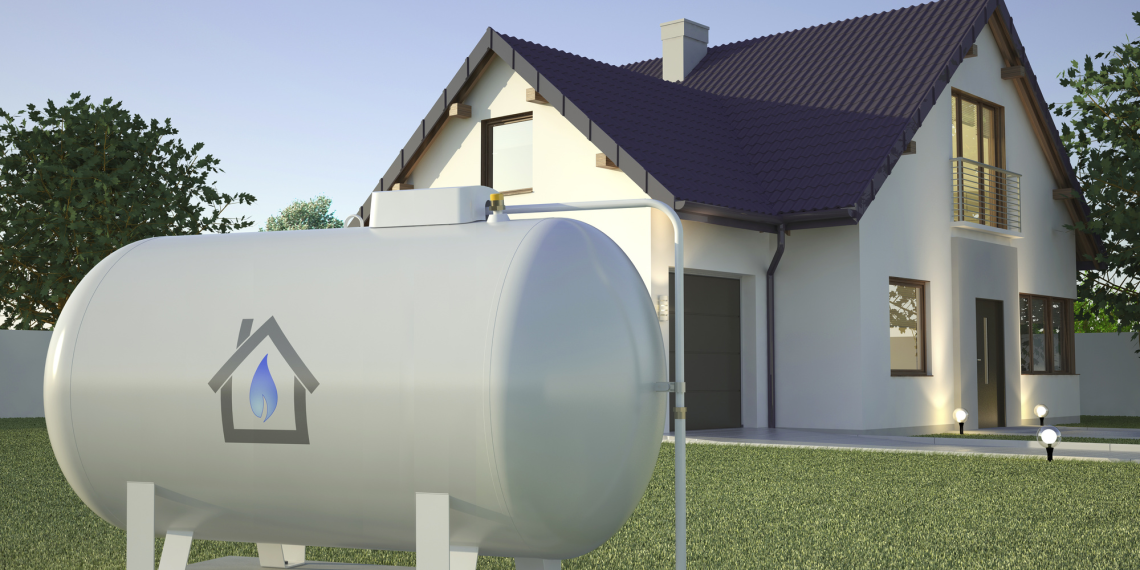The average water tank should be relined every 10 to 15 years. Believe it or not, if your water tank hasn’t been relined recently, it might be time to make that happen. Failure to do so might result in a lot of headaches for you sooner or later.
But what is relining, and why should you reline your water tank?
Here are several reasons why you should consider relining your water tanks. Keep reading to learn more.
Maintain Structural Integrity
Over time, water tanks can develop cracks, corrosion, or other forms of damage to their tank liners. These issues can compromise the structural integrity of the tank and lead to leaks or even tank failure. Your tank may also collapse, leading to serious safety risks.
Relining the water tank can reinforce the tank’s structure, ensuring it remains robust and reliable. In addition, relining your tanks will improve the lifespan of your tank.
Leak Prevention
A damaged or deteriorated water tank lining can result in water leakage from the tank. This not only leads to water loss but can also damage the surrounding area or infrastructure. Reline water tanks can effectively seal any existing leaks and prevent future ones, ensuring efficient water storage and conservation.
Improved Water Quality
The internal lining of a water tank plays a crucial role in maintaining water quality. A deteriorated lining can introduce contaminants into stored water. It will compromise its purity and safety for consumption and other uses.
Properly relining your tanks can restore a clean and hygienic internal surface, promoting the preservation of water quality. Relining your water tanks should be done at least every five years and more often in areas of heavy water usage. This will not only improve water quality but will also give you peace of mind that your tank is functioning as it should be.
Corrosion Protection
Water tanks are often exposed to corrosive elements, such as chemicals, minerals, or salts, present in the water. Over time, this corrosion can eat away at the tank’s internal lining, making it more vulnerable to leaks and further deterioration.
Relining a water tank can provide a protective barrier against corrosion, extending the lifespan of the tank. It will also prevent corrosive water problems.
Cost-Effectiveness
Relining your tank is a cost-effective alternative to a full tank replacement. Repairing or replacing the internal lining is typically less expensive and less time-consuming than installing an entirely new tank. By opting for relining, you can restore the functionality and efficiency of your existing tank without incurring the higher costs associated with tank replacement.
The Advantages of Relining Water Tanks
Relining your water tanks provides structural reinforcement, prevents leaks, and maintains water quality. It also protects against corrosion and offers cost-effectiveness. It is a practical and beneficial solution for extending the lifespan and functionality of your water storage infrastructure.
Don’t wait and reline your water tank today to guarantee a healthier, more efficient, and longer-lasting system.
Did this article help you? If so, take a look at some of our other blog posts for more informative reads.







